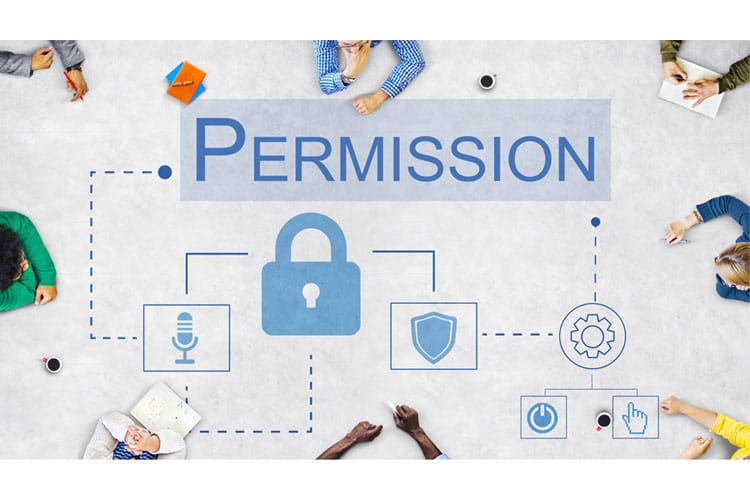Protecting a company’s information assets is paramount in today’s interconnected digital world. One of the primary ways a company’s data can be compromised is through inappropriate access to resources. Improper access can happen in many ways, from negligent employees accidentally exposing data to sophisticated cyber-attacks leveraging weak access controls to malicious insiders abusing their permissions.
What is Access RecerRecertificationr Access recerrecertificationhe process that corrects unauthorized permissions of auditing users? RecerRecertificationhis context refers to periodically reviewing and confirming that users (employees, contractors, or other people using an organization’s systems) still require the access permissions they currently have. This security framework makes sure that users have access only to what they need.
Please read our article about access certification.

Access recertification can be done by computer or manually. The primary step in access re-recertification is to gather and analyze the account information of all the employees. Once the information is ready, explore the privileges each employee is given. Managers assess the employees’ authority and re-evaluate the certification given to all employees. There are various challenges in the evaluation process.
This is often part of an organization’s Identity and Access Management (IAM) practices, which aim to ensure that only the right people have access to the right resources at the correct times.
Here are the critical aspects of recerrecertificationget. Types: User, Account, and Access are three recerrecertificationet types. In simple terms, the target type denotes what is being recertified. “User” recerrecertification is the role, account, and group linked with a particular user. “Account” recerrecertificationrs to verify that a specific account is still needed, and “Access” recerrecertificationirms that the system or data access level a user possesses is still appropriate.
- RecerRecertification: A recerrecertification outlines the process, including how often it should happen and what actions should be taken if someone does not respond to or declines the recerrecertification.
- Workflow: The recerrecertificationess is handled through a workflow that automates the process, including sending notifications to relevant parties and generating to-do items for approval or rejection of recerrecertificationes: Different roles within an organization can be responsible for managing recerrecertification example, a system administrator could set up policies for all users, while service owners might set up policies for their specific services.
- ACI (Access Control Item): The ACI for recerrecertificationcy control who can view or modify the policy.
Overall, recerrecertification to reduce the risk of inappropriate access to resources. For example, an employee who has changed roles might no longer need access to specific systems, or an account may no longer be used. Organizations can keep their systems more secure by regularly reviewing and confirming these access requirements.
Access recerrecertifications companies manage risks in a variety of ways:
- Detecting Inappropriate Access: By conducting periodic reviews, companies can uncover instances where users have inappropriate access, such as permissions too broad for their role or access to systems they no longer need.
- Reducing Insider Threats: Recertification helps limit the damage a disgruntled or rogue employee could cause. Keeping access permissions tight and relevant to each user’s job requirements reduces the opportunities for such users to misuse access.
- Identifying Unused Accounts: RecerRecertification detects accounts that are no longer in use (such as former employees’ accounts), reducing the number of potential targets for attackers.
- Regulatory Compliance: Many regulations and standards require companies to have a process for regularly reviewing and adjusting access rights. RecerRecertifications demonstrate compliance with these requirements.
- Improved Audit Capability: RecerRecertificationrds who had access to what resources and when can be valuable during internal or external audits.
- Reducing the Risk of External Attacks: By limiting access rights to those necessary for each user, recerrecertificationces the ‘attack surface’ available to external hackers.
- Encouraging Good Security Hygiene: Regular recerrecertificationencourage a culture of security awareness, making users more mindful of their access rights and responsibilities.
- Efficient Use of Resources: By identifying and removing unnecessary access, companies can potentially reduce costs (e.g., software licenses) and improve system performance.
- Detecting and Correcting Errors: RecerRecertification helps identify errors in access provisioning and corrects them before they cause problems.
- Early Warning System: RecerRecertificationact as an early warning system by identifying unusual patterns of access rights that might indicate a security vulnerability.
Conclusion
Access recerrecertification is a critical process within a company’s Identity and Access Management (IAM) framework. By regularly reviewing and confirming users’ access permissions, companies can significantly reduce the risk of data breaches, system misuse, and other security incidents. Providing a clear record of access controls can also aid in regulatory compliance and facilitate internal and external audits.
This process can help to uncover inappropriate access permissions, identify and deactivate unused accounts, and maintain good security hygiene. It limits the opportunity for internal employees to misuse their access and reduces the potential ‘attack surface’ for external threats.
From a resource management standpoint, access recerrecertifications save costs by identifying unnecessary access and potential software license reduction. It can also improve system performance and help detect and correct access provisioning errors.
In conclusion, access recertification is a critical control mechanism that plays a vital role in maintaining the security and integrity of a company’s IT systems. Regular recertification promotes a culture of security awareness and demonstrates a company’s commitment to safeguarding its data, enhancing its reputation and trust among clients, partners, and regulators. It’s an essential aspect of any robust cybersecurity strategy.
- 6 Proven Ways SaaS Founders Actually Get Customers (With Real Examples) - December 17, 2025
- Facebook Ads to Get Followers! - December 27, 2024
- ClickUp vs. Slack - December 20, 2024





